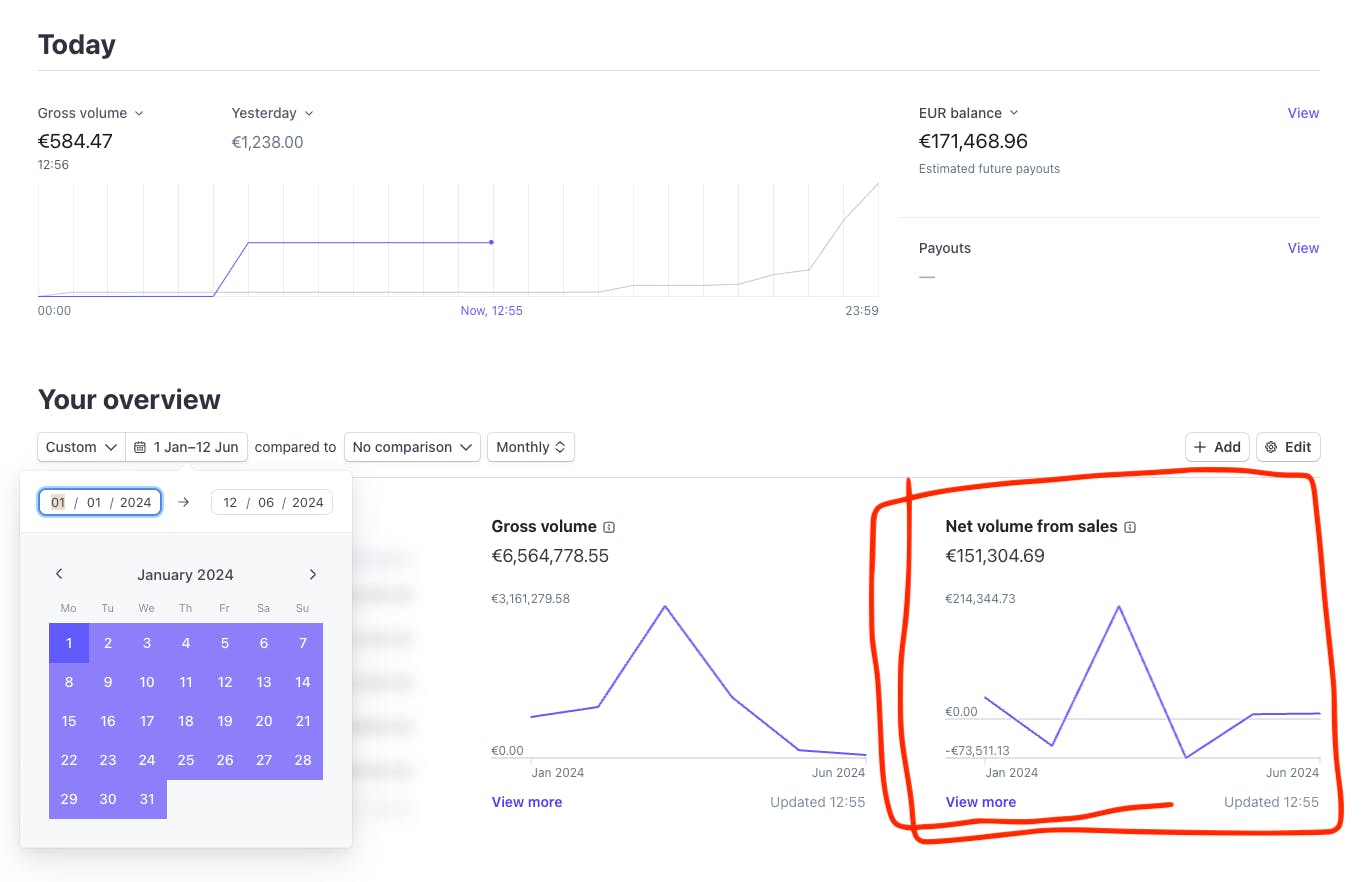BGREEN TV: Your Source for Green Innovations
Explore the latest trends and innovations in sustainable living, eco-friendly technology, and green entertainment.
Marketplace Liquidity Models: Making Sense of the Flow
Discover how marketplace liquidity models drive success and navigate the flow of buyers and sellers. Unlock the secrets to maximizing profits!
Understanding the Basics of Marketplace Liquidity Models
Marketplace liquidity models are essential frameworks that define how assets are bought and sold within a marketplace. These models dictate the ease with which buyers and sellers can transact without causing significant changes in the price of the asset. In essence, a highly liquid marketplace ensures that transactions can occur swiftly and efficiently, enabled by a large pool of buyers and sellers. Conversely, low liquidity often leads to wider spreads and price volatility, making it challenging for participants to execute their trades at desired prices.
Understanding the key components of liquidity models involves looking at various factors such as trading volume, the number of active participants, and the speed of transactions. For instance, marketplaces with high trading volumes generally exhibit greater liquidity, as there are more opportunities for buyers and sellers to meet. Moreover, the role of technology and algorithms cannot be understated; they significantly enhance market efficiency by matching buy and sell orders in real time. As such, grasping these fundamentals will help investors and traders navigate the complexities of various trading environments more effectively.

Counter-Strike is a highly popular team-based tactical shooter game known for its competitive gameplay and strategic depth. Players can engage in various game modes, including bomb defusal and hostage rescue. For great deals and bonuses, you can use the daddyskins promo code to enhance your gaming experience.
How Marketplace Liquidity Models Impact Your Investment Strategy
The liquidity models of a marketplace play a crucial role in shaping investment strategies. In a liquid market, where assets can be bought and sold quickly without causing significant price changes, investors often feel more confident in executing their trades. This environment allows for rapid adjustments to investment portfolios as new information becomes available. On the other hand, in a less liquid market, investors may face challenges, such as increased price volatility and the potential for larger spreads between buying and selling prices, which can ultimately impact overall returns.
Understanding marketplace liquidity models enables investors to refine their strategies and manage risks effectively. For instance, an investor might choose to adopt a more aggressive approach in a highly liquid market, taking advantage of rapid price movements. Conversely, in illiquid markets, a cautious strategy might be wiser, focusing on longer-term investments and avoiding the pitfalls of sudden price drops. By analyzing liquidity conditions, investors can make informed decisions tailored to their risk tolerance and market sentiment.
What Factors Influence Liquidity Flow in Marketplaces?
Liquidity flow in marketplaces is influenced by several critical factors that determine how easily assets can be bought and sold. One of the primary elements is market depth, which refers to the number of buy and sell orders at various price levels. A deeper market often leads to better liquidity, as it can accommodate larger transactions without significantly impacting prices. Additionally, trading volume plays a vital role; higher trading volumes indicate a more active market, enhancing the likelihood of executing trades swiftly. Other influential factors include market structure, such as whether the marketplace operates as a centralized or decentralized platform, and regulatory environment, which can either foster or hinder investor participation.
Moreover, participant behavior significantly affects liquidity flow in marketplaces. The presence of institutional investors, for instance, often leads to increased liquidity, as these players typically engage in larger and more frequent transactions. As a result, retail investors may feel more confident to enter the market, further boosting liquidity. Market sentiment is another factor that can greatly shift liquidity dynamics; periods of high uncertainty or volatility may cause participants to withdraw, restricting liquidity flow. Understanding these factors is essential for market participants looking to navigate and leverage the intricacies of liquidity in various marketplaces.